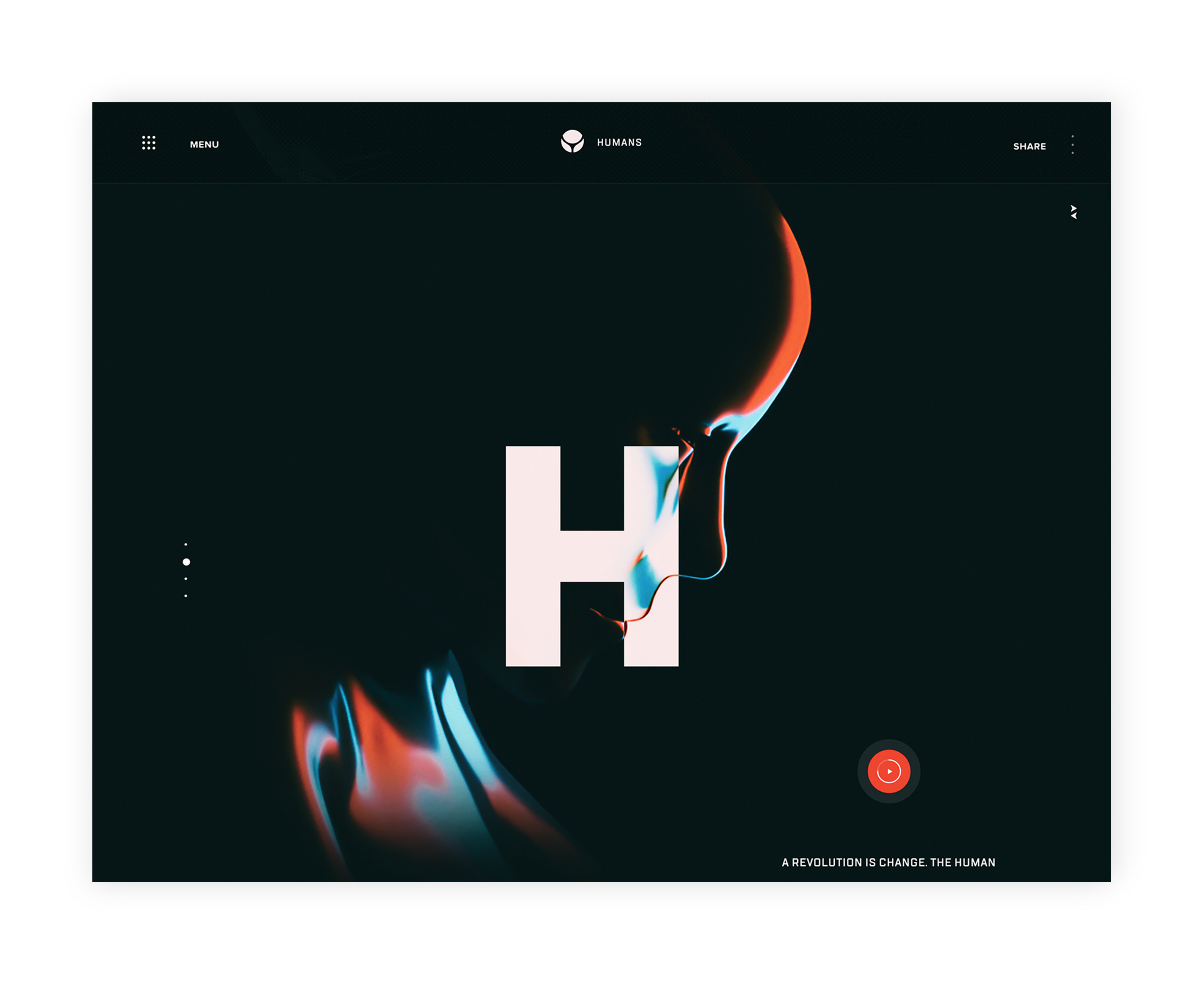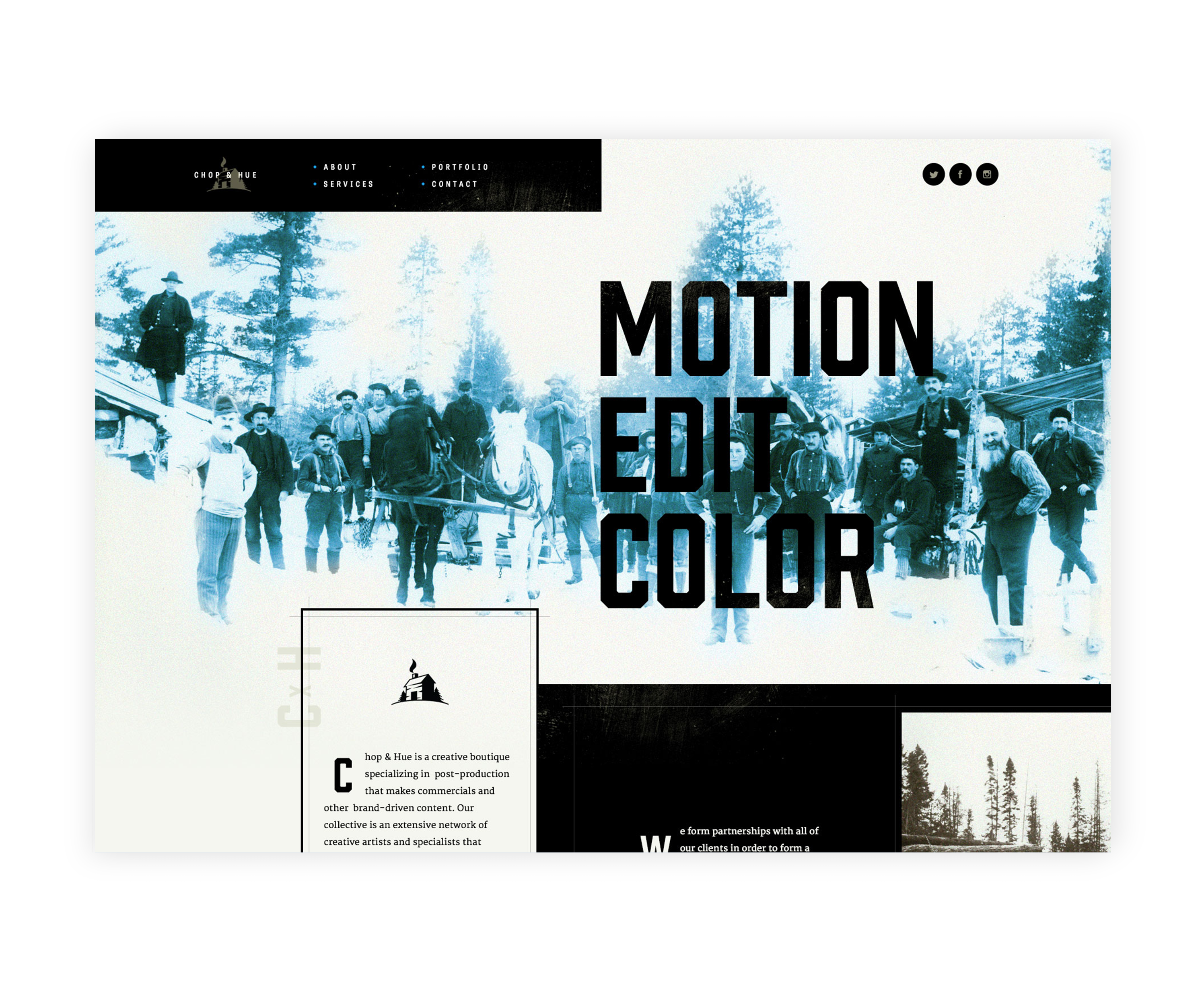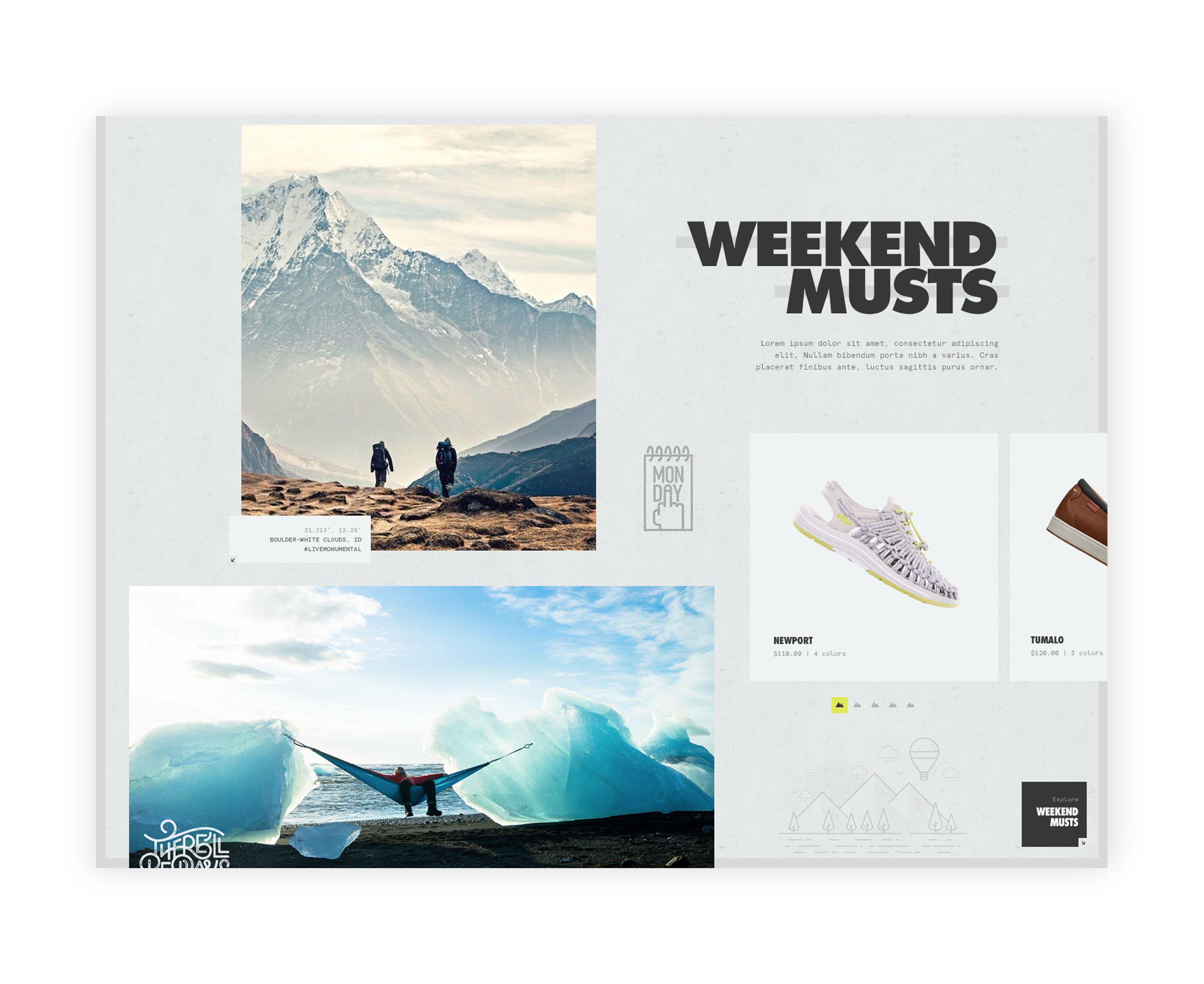
The Fast Ecommerce Advantage: Why A Speedy Site Helps You Compete
By Tom Wintaugh
Want to read this blog offline?
No worries, download the PDF version now and enjoy your reading later...
Website design is critical to the success of an online business. A well-designed website should be user friendly, functional, and stand out from competition.
However, for most, that’s easier said than done. So, how does a merchant successfully execute these concepts into a website?
Picture Shop A: a hectic, overrun store; imagine the chaotic shopping experience of Black Friday...there are people everywhere, sales reps that are nowhere to be found, and an unorganized mess of products.
In contrast, picture Shop B: A beautifully spacious store, where products are neatly organized by size, color, type, and sales reps are readily available to assist you.
Which would you prefer?
Most would probably choose Shop B.
This same concept can be applied to an ecommerce store.
Building an online store provides you with the space needed to create the ideal shopping experience for your customers. With the right guidance, you and your team can design the best website for your online business. Our Design team has developed a list of the latest design trends to help your ecommerce store stand out.
Incorporate a limited color palette into the look and feel of your website to create a sense of hierarchy. Select a high contrast color for the shopping cart and use secondary colors for support and to add personality to your brand.
 Fotonaut | View Site
Fotonaut | View Site
 Nick Franchi | Humans
Nick Franchi | Humans
 Elegant Seagulls | Drib Drop Chop Chop
Elegant Seagulls | Drib Drop Chop Chop
With mobile shopping on the rise, now is more important than ever for an online store to provide a fluid, responsive transition in width and height to compensate for the vast differences in screen sizes. Smooth transitions certify that website content remains proportional in size and spacing across desktop, tablet, and mobile devices.
Transitions and animations can be added to various website components like links, navigation, and images to create a unique experience for users. These website effects serve two purposes. First, they add an extra splash that can be leveraged to help define your brand and create a tailored experience. Second, transitions and animations can call attention to important items on a page. As technology advances, designers can expand beyond the use of color and size to create hierarchy by implementing transitions and animations to guide the user and enhance design.
The normalization of scrolling combined with an increase in page length has created the need to inform and provide users with quick ways to quickly navigate between different sections of a web page. Website designers are quickly adopting the use of stepped style navigation. A stepped navigation informs users where they are on the page, how much longer the page is, and also provides a means to navigate.
Websites are moving away from the standard column and grid layout. Instead, websites are experimenting with placement in an effort to refine and modernize design. New web and coding standards have enabled designers to explore structures that reflect designs typically used in magazines and print.
 Jon Vlasach | Keen – Initial AD
Jon Vlasach | Keen – Initial AD
Cohesive lifestyle photography is vital to showcase your brand and products. The photography direction utilizes people and products to tell a story. Lifestyle photos can also help customers visualize themselves using your products. Remember to always use high-quality photos that are suitable for the web and aligned to your branding strategy.
These days, websites are moving away from traditional web design concepts and breaking out of the box in an effort to create tailored user experiences and showcase their brand’s unique qualities. Experiment with placement, incorporate movement, and create brand identities that expand beyond a well-designed logo.
Implementing the key design concepts we’ve outlined above can help your online store increase conversions and create a memorable experience for shoppers.

Sarah Schneider is a member of Miva’s design team with a background in graphic design and communications. She leverages her design and UX expertise to help B2B and B2C businesses of all sizes facilitate growth, and has played a key role in the launch more than 100 ecommerce stores. By incorporating the latest design trends matched with seamless functionality into every design, Sarah promotes the best user experience from creative concept through to execution.
Love it? Share it!

Author's Bio
Miva
Miva offers a flexible and adaptable ecommerce platform that evolves with businesses and allows them to drive sales, maximize average order value, cut overhead costs, and increase revenue. Miva has been helping businesses realize their ecommerce potential for over 20 years and empowering retail, wholesale, and direct-to-consumer sellers across all industries to transform their business through ecommerce.
Copyright © 1997 – 2024 Miva®, Miva Merchant®, MivaPay®, MivaCon®, Camp Miva®, Miva Connect®, Miva, Inc. All Rights Reserved.